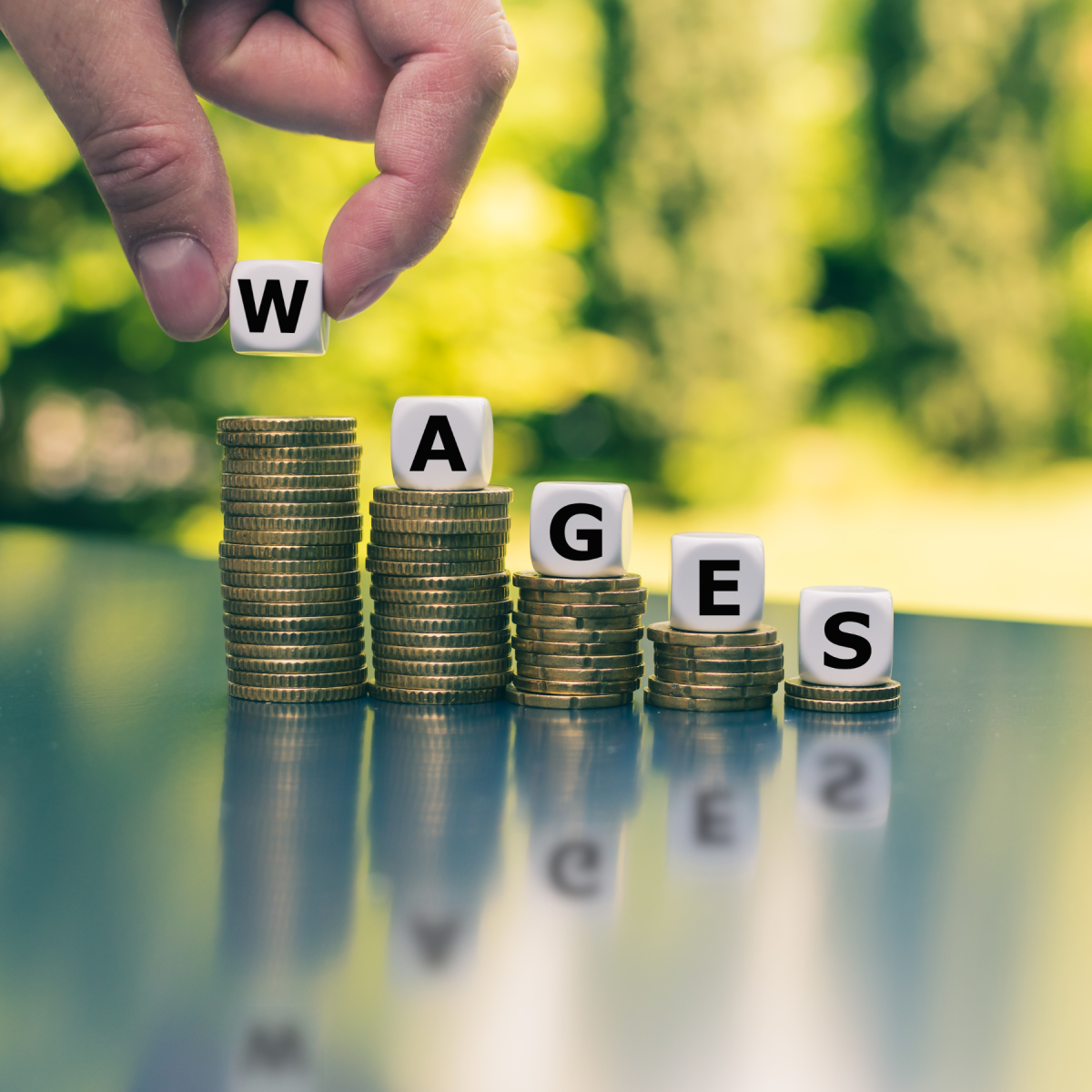Recently, across the United States, numerous states have enacted minimum wage increases, aiming to improve the livelihoods of low-wage workers. While these wage increases have been celebrated by many employees, they present significant challenges for small businesses. One of these challenges is balancing higher labor costs while producing the same product quality with sustainable operations.
The “Fight for $15” movement, initiated in 2012, has driven the push for higher minimum wages. Advocates argued that the federal minimum wage of $7.25 per hour, unchanged since 2009, is insufficient for workers to meet basic living expenses. This movement has led to legislative changes in several states, including California and New York, where minimum wages as of January 1, 2025, were increased to $16.50 for California and $15.50 for New York.
For many workers, these wage hikes are a welcome change. Marvi Spahiu ’27 offers the Register Forum some insight into this topic: “This increase could mean many low-income workers may have the opportunity to better support themselves and their families without taking on multiple jobs at once.”
Research supports the potential benefits of higher wages. A study by the Congressional Budget Office (CBO) in 2019 estimated that raising the federal minimum wage to $15 by 2025 would impact at least 17 million people while lifting 900,000 people out of poverty.
However, small businesses often face difficulties adapting to increased labor costs. James Karnath ’27 explained this concern to the Register Forum. “While I support fair wages, the rising costs can make it harder and harder for many stores, such as our very own Angelo’s Pizza Place, to open their doors every day.” The CBO’s 2019 report also demonstrates this downside: while a federal minimum wage increase would greatly help low-income communities, it could also result in 1.4 million Americans being put out of work.
These changes also affect consumers, particularly in service industries where tipping is customary. In Seattle, where the minimum wage for restaurant workers increased to $20.76 per hour, debates have ensued regarding whether or not tipping is necessary. Some patrons question tipping, while others continue to tip.
Marlon Beram ’27 tells the Register Forum why tipping is still essential and why people should continue to tip: “What people don’t understand about these minimum wage increases is that they are happening in the big high-cost cities like LA, NYC, or Seattle. That means even though the minimum wage may seem large, it’s only because people living in those high-cost areas must be paid proportionally more to keep up with the economy.”
Minimum wage increases are a double-edged sword. While they aim to provide workers with livable wages, they also impose challenges on small businesses. As more states adopt higher minimum wage standards, monitoring these impacts is crucial to ensure that the benefits to workers do not come at the cost of losing these small businesses, which we hold dear.














